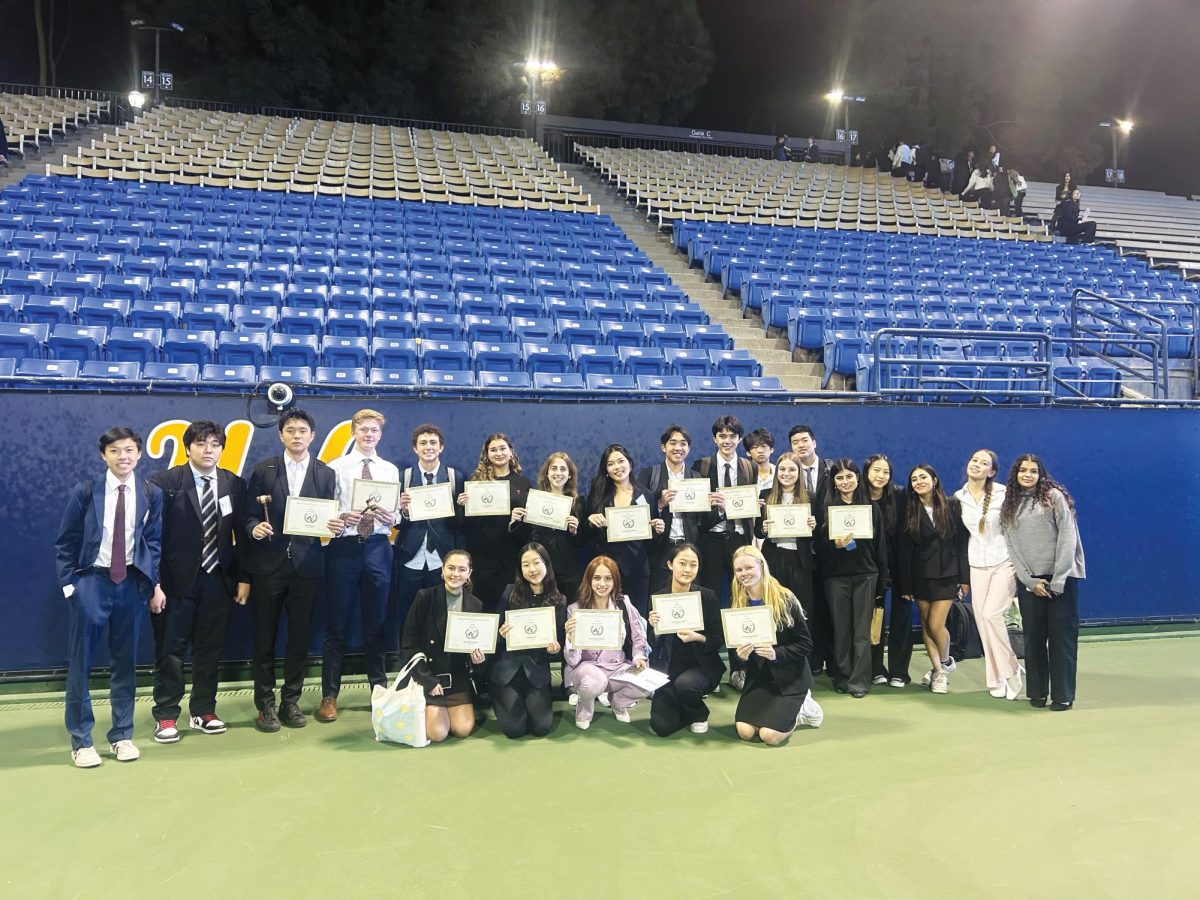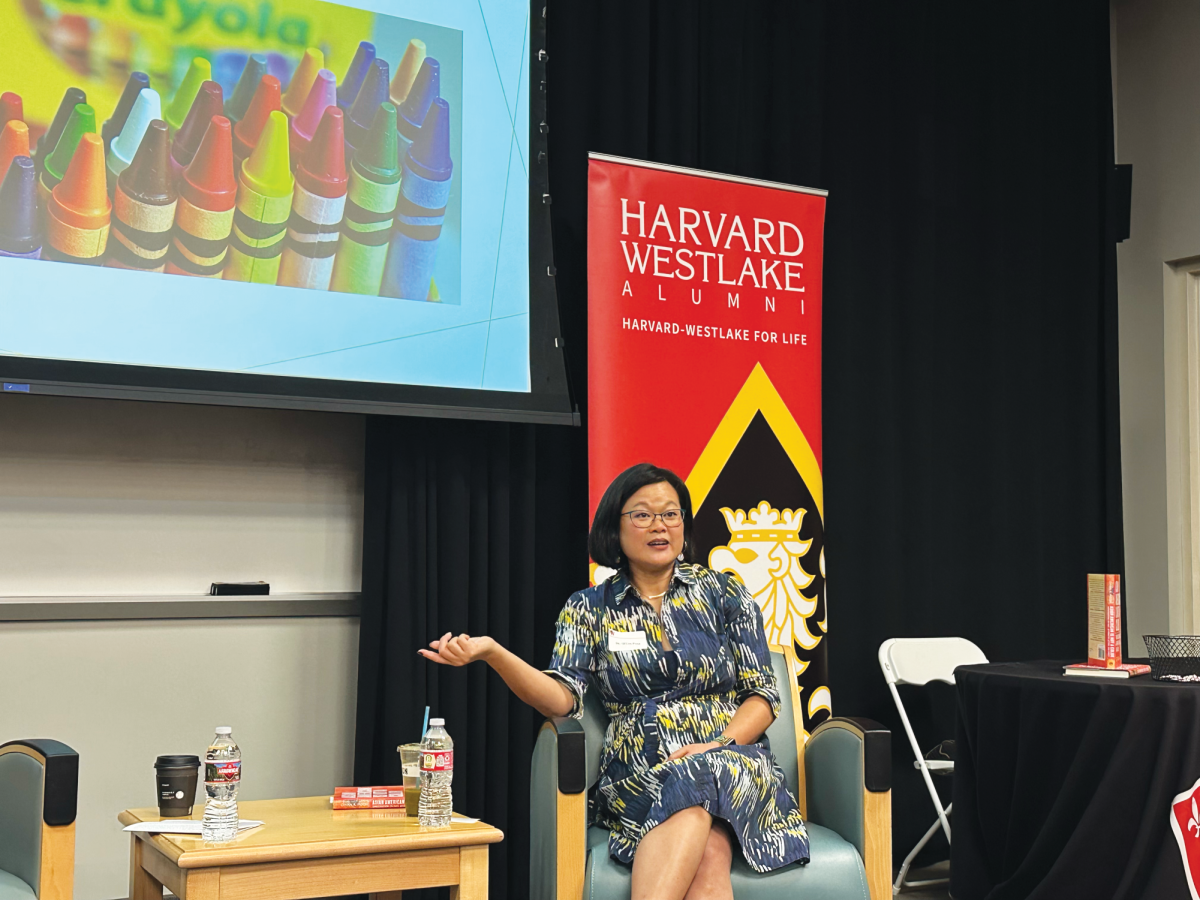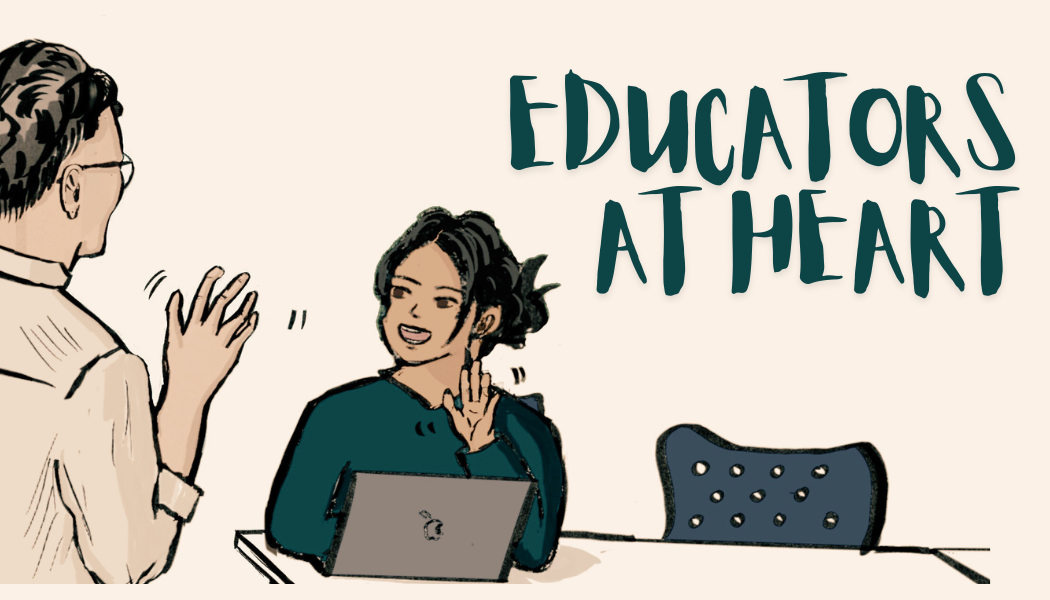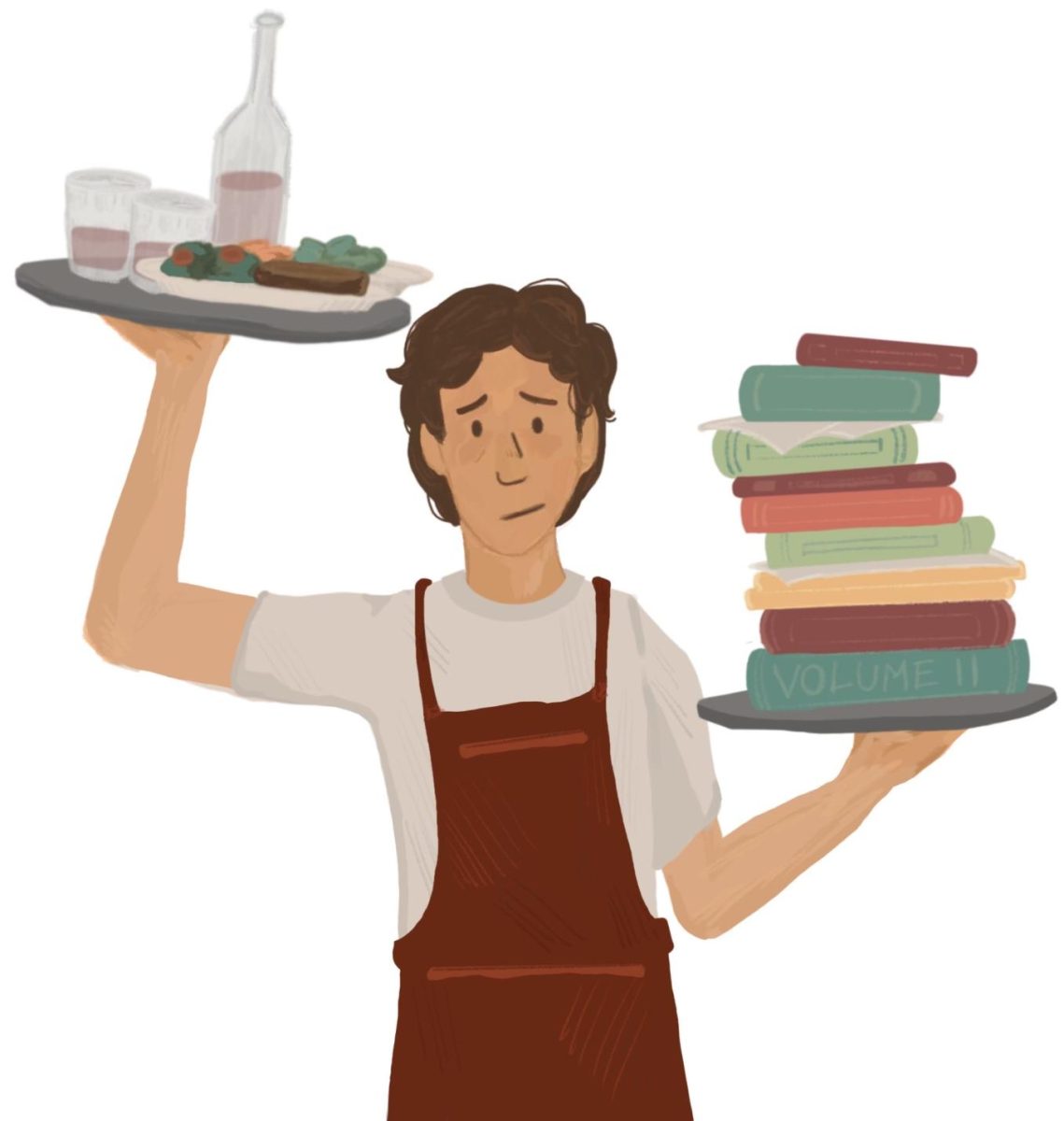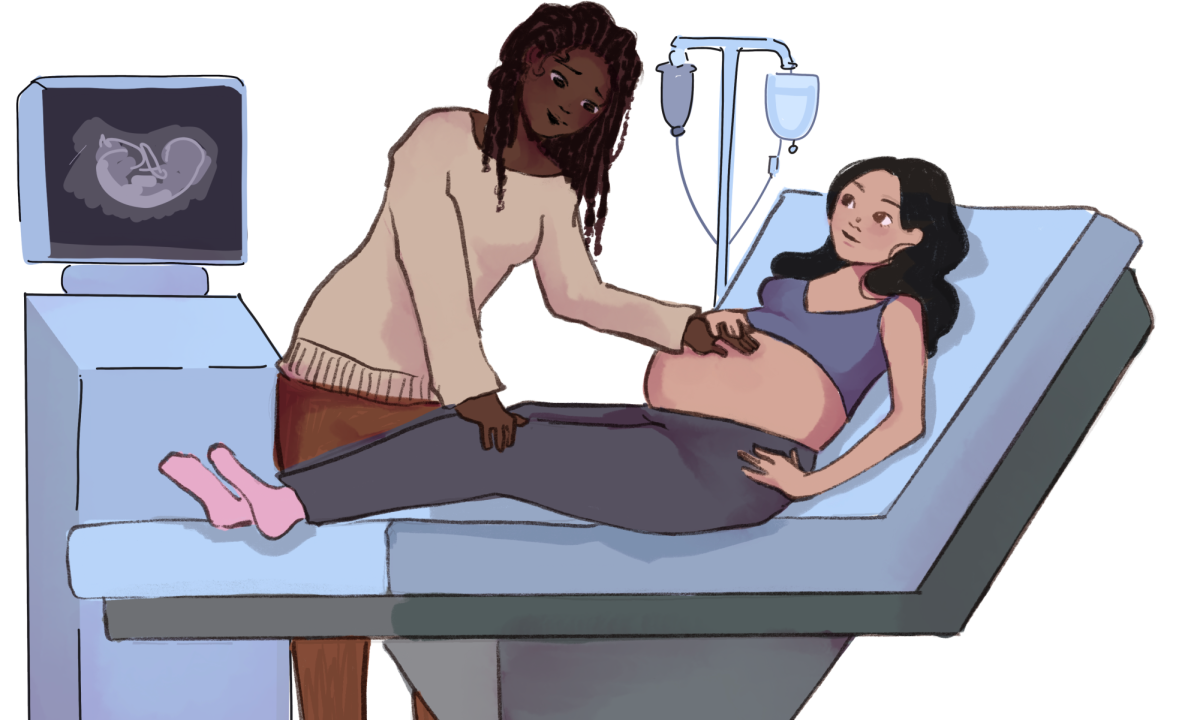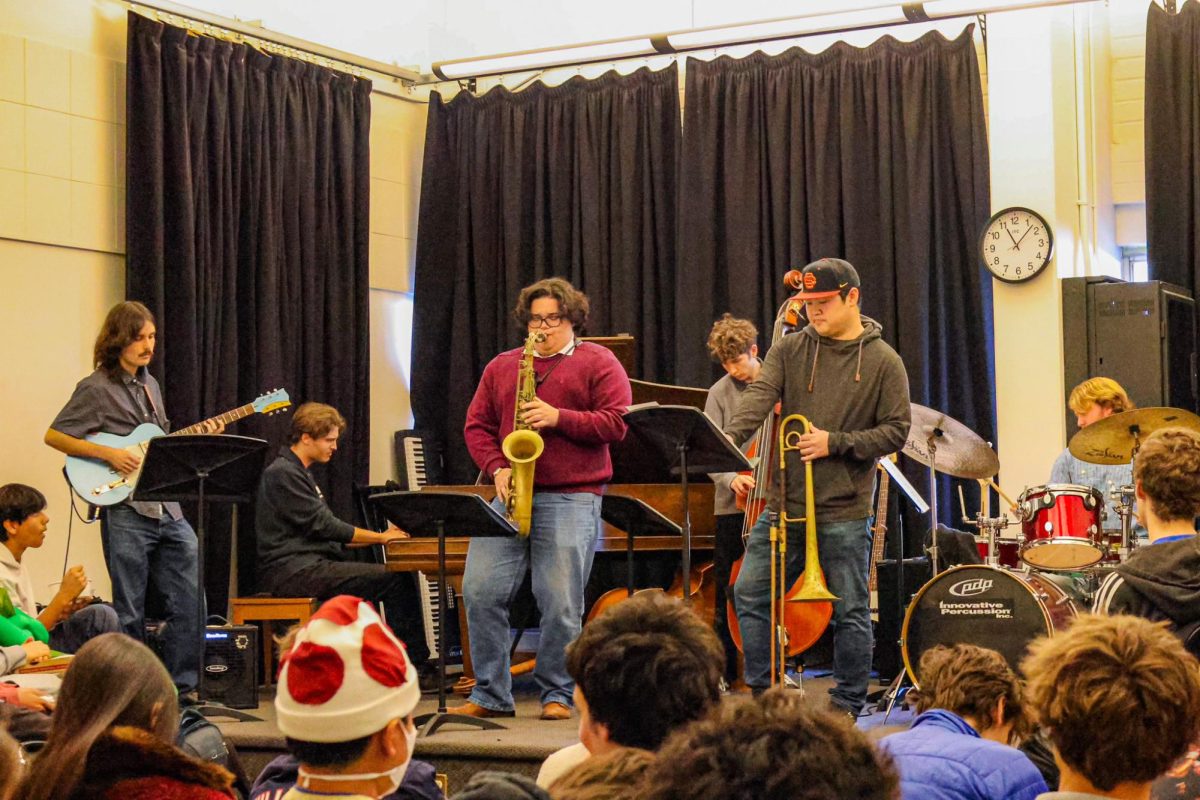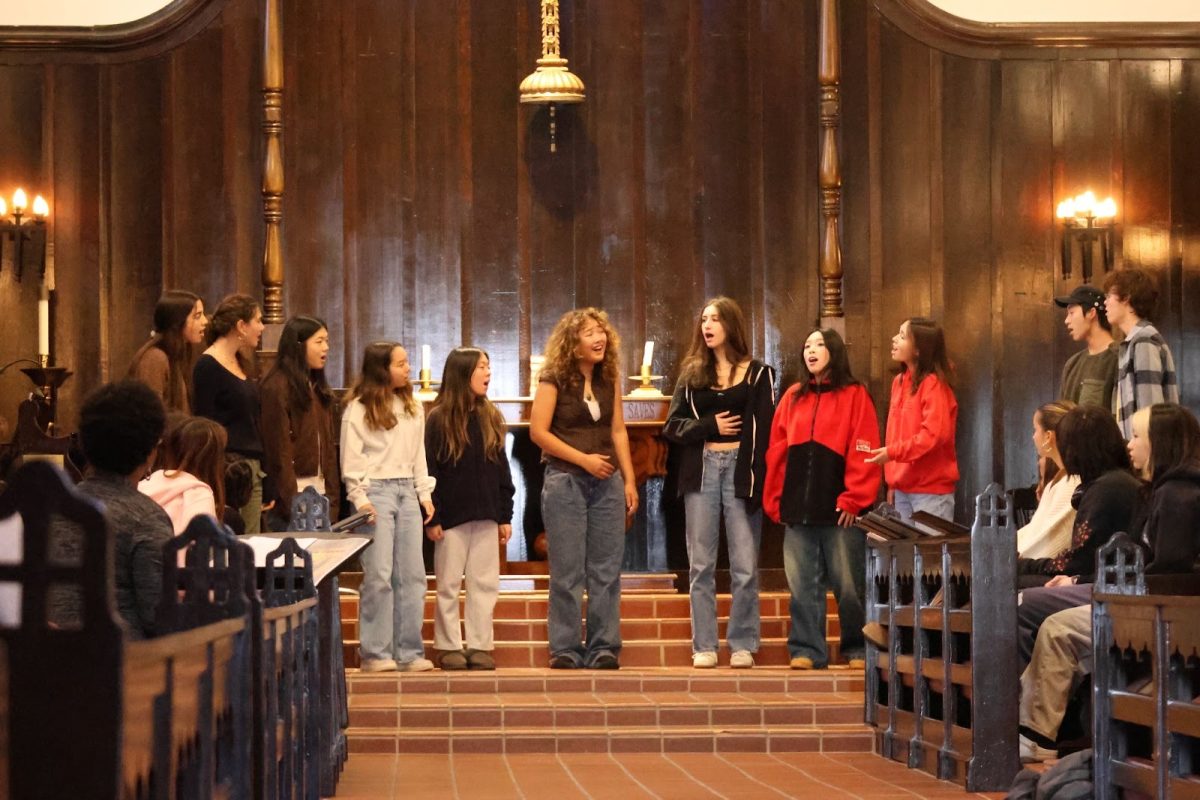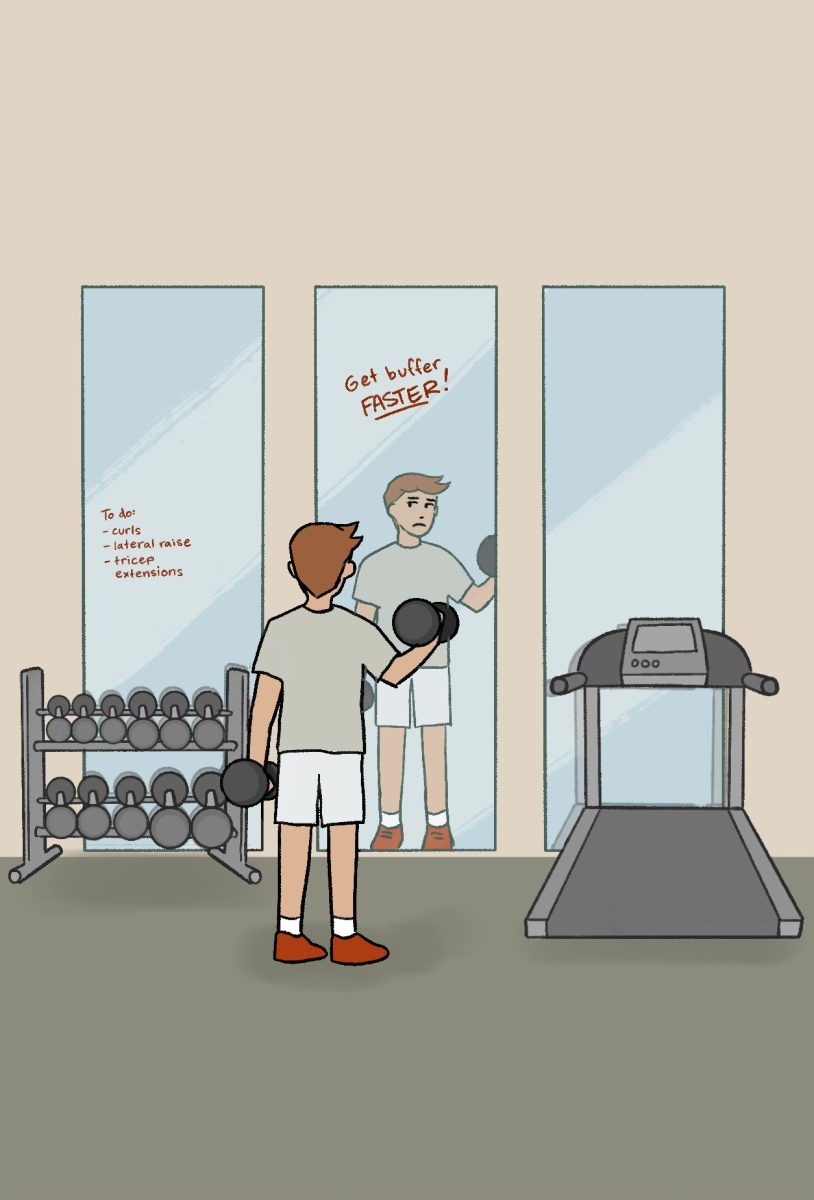By Adam Gold
Senior year involves a lot of waiting. Four long months separate the sending of college applications from the arrival of decision letters in April. For most students, the May 1 reply deadline signals the welcome end of an agonizing wait. But for those who choose to remain on a wait list, the uncertainty lingers, sometimes well into the summer.
While colleges have compiled wait lists for years, national media predicted that, this year, a record applicant pool and sharp increases in the average number of colleges to which students apply would combine to allow colleges to accept more students off of wait lists. But that prediction seems not to have proven true this spring.
The number of high school graduates each year will continue to grow until 2009, according to the National Center for Education Statistics. At the same time, expansive media coverage and the increasing popularity of college rankings, such as the annual list compiled by U.S. News and World Report, have caused the number of schools to which each student applies to skyrocket.
âThe hype has grown so much, the coverage of it has grown, so thatâs created more of a frenzy,â Dean Jason Honsel said.
In addition to publicity, the growing acceptance of the Common Application allows students to apply easily to multiple schools online. According to a study at the UCLA Higher Education Research Institute, the median number of schools applied to has risen from 2.0 in 1966 to 4.0 in 2006.
Conventional logic suggests that the more schools students apply to, the lower overall yield, since students can attend only one school. And the lower the yield, the easier it is to get off the wait list.
âThe wait list activity or lack of it is entirely determined by yield,â said Heather Fomin, Associate Director of Admissions for the College of Arts and Science at NYU. âIf yield goes up, there is no wait list activity because more people accept our offer then we had predicted based on historical data.â
Yet yield seems to have risen in spite of the higher number of applications. NYU took no one off the wait list this year. Even the University of Pennsylvania, which expected a significant decrease in yield after accepting the Common Application this year, actually saw their yield rise, and the Wall Street Journal reported that they only expected to take 25 people off their wait list, down from 42 last year. No one taken off of the list was from Harvard-Westlake.
âWe typically donât get much wait list activity at Penn,â Honsel said. âMaybe because we do so well in the process. We had 30 kids get admitted to Penn.â
There have been some surprises. Princeton, which had taken no one off of the wait list for two years, took 30 off this year, including one Harvard-Westlake student, Kate Mangels â07, who received a phone call from the college on May 14.
Mangels was wait-listed at six schools and had sent a deposit to Washington University in St. Louis. She was initially disappointed, but she later felt that having a spot on so many wait lists gave her another chance to prove to the colleges that she really wanted to attend.
âI think the systemâs changing, and itâs becoming more common to be on wait lists,â said Mangels. âWhen I told people I was still undecided, people were confused by that and thought I had deposited at more than one school.â
Aside from a lucky few, however, student hopes of having an above-average chance of getting off of the wait list have largely gone unfulfilled. Most of the wait list activity for Harvard-Westlake has been with colleges that historically rely heavily on their wait list, such as Wash U, Honsel said.
âThe most selective schools keep a relatively small wait list, and when they do go to the wait list, itâs for a small number of kids,â Honsel said.
Schools considered selective (those which accept fewer than 50 percent of their applicants) only take 12 percent of students who are put on a wait list, according to the National Association for College Admission Counseling.
And not everyone admitted off of a wait list has an easy decision. Sammi Wyman â07 had been trying to decide between MIT and Princeton when she received a phone call from Duke on the Friday before May 1 saying she had been admitted off of the wait list. Like many students, Wyman wasnât sure if the new spot was better than the ones she already had.
âIt was really stressful because I felt like I didnât have enough time,â Wyman said. âIdeally, I would have liked to have visited both schools.â
Wyman had fallen ill during her trip to visit the schools over winter break, so she worried she didnât have a good basis for comparison. Duke gave Wyman only a week to decide from the time she received their letter in the mail.
âAt first I was pretty sure I wanted to go to Duke, but more and more I was undecided about it,â she said.
She went back and forth for days and eventually decided on MIT, feeling frustrated that she had been given so little time to make up her mind.
Josh Margolin â07 got off of the wait list at Wesleyan and missed school in order to visit before deciding to attend Emerson, the school he picked originally.
In some cases, the waiting game can continue well into June or even later. Schools worry that some of their admitted students will âmelt,â that is, withdraw, for various reasons over the summer, so they donât want to shut off the wait list until theyâre sure they wonât need to add more to their class.
While that means wait-listed students might have a fighting chance come summer, hopes rarely pan out.
âMore likely, itâs a connection thing or a pestering thing maybe, but sometimes the melt just ends up being larger than they anticipated,â Honsel said.
Ohio State decided to eliminate the wait list entirely this year after admitting no one for two years, although their rolling admissions policy allows it to fill gaps in the class with applicants who sent in their information late. Schools such as USC also have no wait list, but they allow some overflow students to begin their term in the spring, filling spots left vacant by students studying abroad or transferring.
âIâve had two kids in the last couple of years that did spring admit USC,â Honsel said. âGetting to meet people was a little tougher, but I think theyâre both doing fine.â

